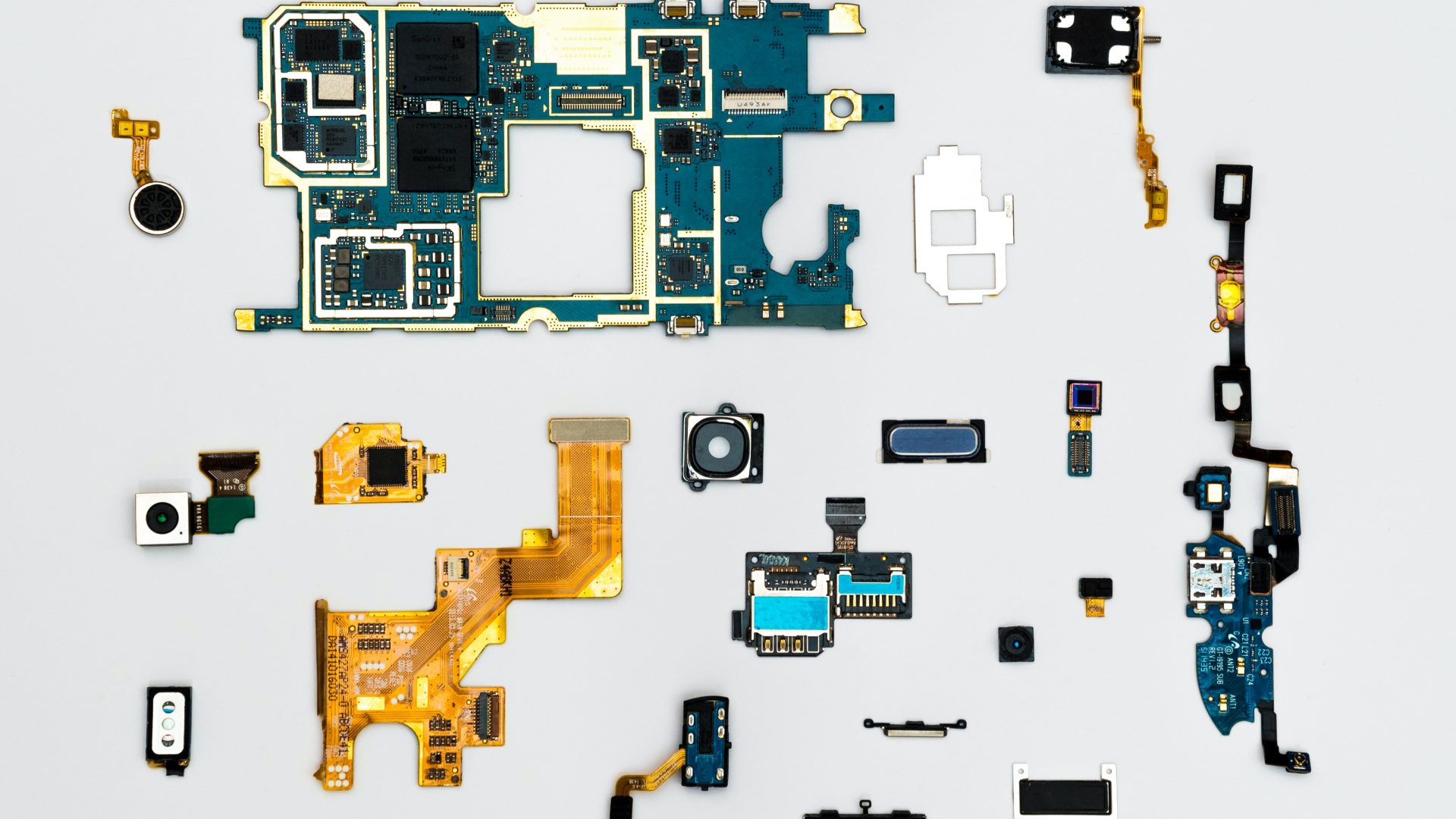
2022 has seen some of the hottest and driest weather in the UK for decades. Record-breaking temperatures of more than 40 degrees were recorded on 19th July, and the South-East of the country saw only 56% of average rainfall for the same month, according to Met Office figures. Lawns and fields are scorched, hosepipe bans are being announced, and whilst many of us will be enjoying days of blue sky and ice cream, storm clouds of concern over future water supply are building just over the horizon.
The National Infrastructure Commission (NIC) reported in 2018 that:
“Without further action, there is roughly a 1 in 4 chance over the next 30 years that households will have their water supply cut off because of a severe drought”.
Just two years later the Public Accounts Committee commented that there was a serious risk that some parts of England will run out of water within the coming 20 years.
Wherever you stand on the issue of climate change, it seems clear that more action is needed to ensure that we all have safe, reliable, and affordable water supplies in the future.
Water use in the UK has increased significantly over time – partly because of population growth and changes in behaviours (anyone for just one bath a month?) but also because of the increased demands of industry and agriculture. Domestic demand in the UK, at an average of over 140 litres per person per day compares unfavourably to many of our European neighbours. Managing it down has benefits over and above the long-term sustainability of the resource (for one thing, the production and treatment of water is energy intensive – potentially affecting our collective journey to net zero).
The demand side is only one side of the equation, and there are equivalent challenges on the supply side: building our way out of the problem is only part of the answer – it takes a long time, and in the current economic climate it is difficult to see there being political will for the increased (customer) expenditure that such investment will ultimately require.
Can technology innovation help? On the supply side, whilst the industry has a long history of using technology to support operations – for example investments in SCADA going back to the 1970s have helped to improve continuously the operation of the asset base – in recent years the emergence of high performance, low cost connected devices (the so-called “Internet of Things” or IoT for short) presents an opportunity to build on that operational monitoring heritage and gain increased visibility of what’s happening on the demand side.
On the demand side, whilst IoT may not be a familiar term to them, consumers too have embraced the world of Smart devices. Many homes now feature at least one smart speaker or TV, accompanied by a collection of other internet-connected devices: cameras, doorbells, alarm systems and even vacuum cleaners! Also recall that there are already some 20+ million gas and electricity smart meters deployed in homes, helping consumers to manage their energy bills.
Empowering consumers to take control of their water use through the visibility and automation enabled by smart devices will help to preserve the water supply into the future. Current investment plans already assume that the per capita consumption of 140 Litres/Day will be reduced – we simply must make that happen. The push toward Smart Water Metering – which will provide customers with an immediate view of their demand – enables them to take appropriate action at the time, not months later when they receive a bill.
It will also help customers and water companies find wastage within properties. An output of one of Northumbrian Water’s extraordinarily successful series of Innovation Festivals was an IoT sensor designed to be placed in toilet cisterns. The smart sensor, known as “Barnacle”, can, amongst other things, identify when the toilet was one of the very many across the UK that “leak” water simply because of worn or damaged seals, leading to continuous siphoning.
“Barnacle” integrates with IoT platforms, such as CGI’s SenorInsights360. Such IoT platforms help with large-scale deployment and management of smart sensors and devices at costs significantly below those associated with traditional SCADA deployment.
Another opportunity afforded by the smart home may be for water and energy companies to work together. The consumption of both resources is correlated (lots of water is heated and used by electrical devices like washing machines or dishwashers, or even additional load on the heating system in winter). By linking up meters and smart devices, customers can be encouraged to take decisions that support greater operational effectiveness across both utility providers.
IoT and Smart Home devices are already ubiquitous for many of us. New and more creative uses will appear, and it is undoubtedly the case that they will supply capabilities to help us get more from our finite resources. Given all the other headwinds that we may face, will it help us save our water supply for the future? Only time will tell.



